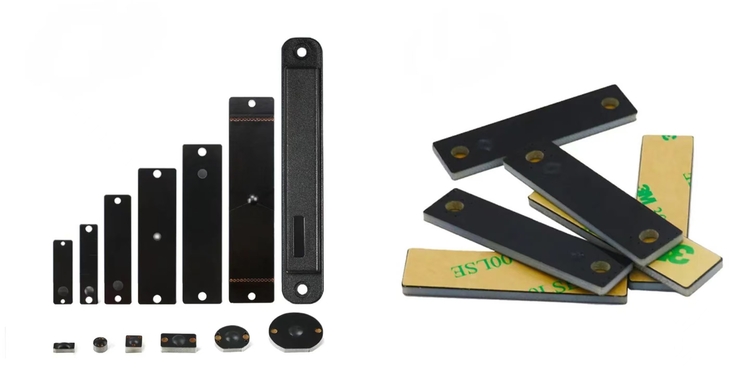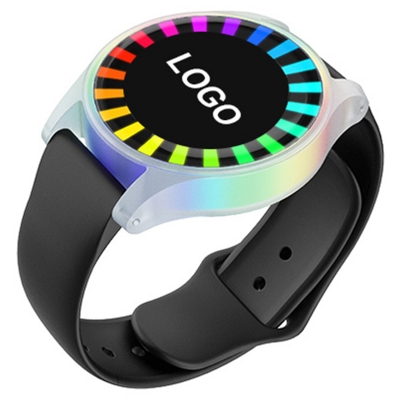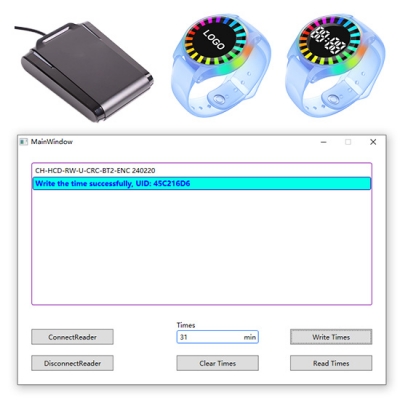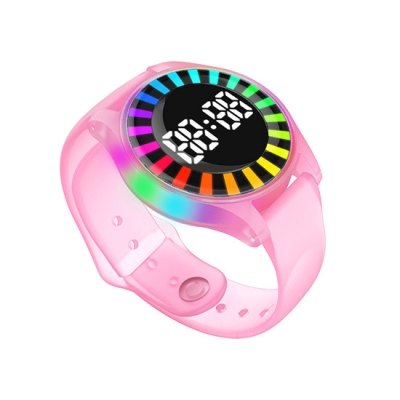Traditional RFID tags usually consist of a small antenna and a microchip embedded in a protective material. However, when these tags are placed on a metal surface, the metal has an interfering effect on the radio signal. The metal surface reflects and absorbs the radio signal, resulting in a reduced reading range of the tag or a complete loss of the signal. This is not conducive to the normal operation of the tag and the accurate reading of data.
To overcome this problem, anti-metal RFID tags have been specially designed and constructed to work effectively on metal surfaces. These tags are different from traditional tags. They add a layer of magnetic material or foam isolation between the tag antenna and the metal surface. The role of this layer of isolation material is to shield the metal from interfering with the tag performance. It prevents the metal from reflecting and absorbing the radio signal, ensuring that the tag can be read normally and communicate effectively with the reading device.
RFID anti-metal tags are widely used in various applications, especially in scenarios where metal objects or assets need to be tagged. They are often used in areas such as inventory management, asset tracking, supply chain management, and industrial applications. These tags can efficiently identify and track metal objects, helping companies improve operational efficiency, streamline processes, and achieve better asset management.
Meihe UHF RFID anti-metal tag's features:
● Strong anti-fouling and anti-damage, work for long time
●High security, large capacity of writable information
●No contact, no need to be visible, fully automatic identification
● It can identify multiple tags at the same time at a long distance, saving time and effort.
● Anti-counterfeiting, anti-theft, tracking

















